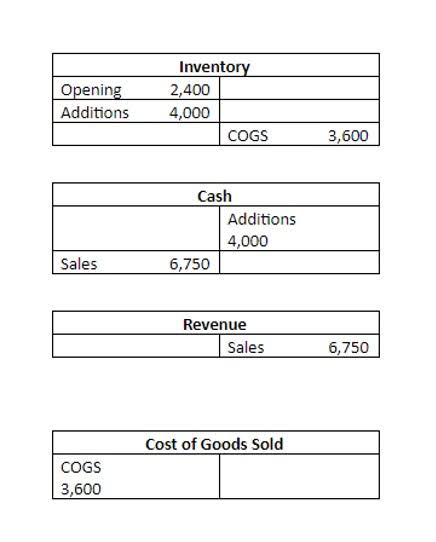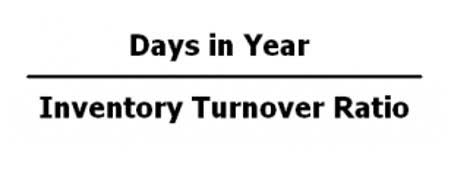
For that reason, they may decide to make stock or cash dividend payments. Retained earnings result from accumulated profits and the given reporting year. Meanwhile, net profit represents the money the company gained in the specific reporting period. It’s often the most important number, as it describes how a company performs financially.
Are Retained Earnings a Type of Equity?
High-priced items are frequently extremely elastic because buyers are willing to buy at a lower price if prices decline. Calculate the amount of interest that you’d pay for a 30-year mortgage loan. We endeavor to ensure that the information on this site is current and accurate but you should confirm any information with the product or service provider and read the information they can provide.
How is the Balance Sheet used in Financial Modeling?
- High-priced items are frequently extremely elastic because buyers are willing to buy at a lower price if prices decline.
- They’re reported as a line item on the shareholder’s equity section of the balance sheet rather than the asset section.
- This is the retained earnings amount from the end of the previous financial period.
- Usually, these funds are used to purchase fixed assets (capital expenditure), or invested in working capital, or are sometimes even allotted for paying off debt obligations.
- Don’t forget to record the dividends you paid out during the accounting period.
- Movements in a company’s equity balances are shown in a company’s statement of changes in equity, which is a supplementary statement that publicly traded companies are required to show.
- One piece of financial data that can be gleaned from the statement of retained earnings is the retention ratio.
The company posts a $10,000 debit to cash (an asset account) and a $10,000 credit to bonds payable (a liability account). It represents profit generated from day-to-day business operations. Well-managed businesses can consistently generate operating income, and the balance is reported below gross profit. Businesses that generate retained earnings over time are more valuable and have greater financial flexibility. It’s safe to say that understanding the retained earnings equation and how to calculate it is essential for any business. This article provides a comprehensive overview of what you need to know about retained earnings, but feel free to jump straight to your topic of focus below.
- A second situation in which an adjustment can be entered directly in the RE account and, in this way, bypass the income statement is in the context of quasi-reorganization.
- Any profits that are not distributed at the end of the LLC’s tax year are considered retained earnings.
- With the relative infrequency of material errors, the use of this type of adjustment has been virtually eliminated.
- Like in a general partnership, profits of an LLC are generally distributed to the shareholders.
- In rare cases, companies also showcase their retained earnings on their income statements, like in the below example of Fox Investigative Services.
- The process of retaining earnings is also known as “plowing back profits.”
Benefits of a Statement of Retained Earnings

If money is paid in dividends, it is out of the company and off the books. If it is kept as retained earnings, it remains on the books and is available for use within the business. A balance sheet is a key financial statement that provides a telling snapshot of what a company owns and owes, as well as revealing how much shareholders retained earnings is asset or liabilities have invested in it. During a specific financial period, it reports the business’s revenue, liabilities, and numbers for the shareholders’ equity section. It is incorrect to say that Blue Hamster’s net inflows and outflows of cash at the end of Years 1 and 2 are equal to the company’s annual contribution to retained earnings.
- The formula for retained earnings is straightforward, as stated below.
- Since they represent a company’s remainder of earnings not paid out in dividends, they are often referred to as retained surplus.
- J.B. Maverick is an active trader, commodity futures broker, and stock market analyst 17+ years of experience, in addition to 10+ years of experience as a finance writer and book editor.
- Organizing your expenses into specific budget categories helps you prepare for a smooth tax filing season and make more informed business decisions.
- However, these amounts only include profits not paid to shareholders in previous periods.
Retained Earnings (RE) are the accumulated portion of a business’s profits that are not distributed as dividends to shareholders but instead are reserved for reinvestment back into the business. Normally, these funds are used for working capital and fixed asset purchases (capital expenditures) or allotted for paying off debt obligations. On the other hand, you could decide to keep your money in your retained earnings account and use it to pay future cash or stock dividends. Retained earnings are net income (profits) that a company saves for future use or reinvests back into company operations.
Let Skynova Help You Manage Your Small Business Bookkeeping
With net income, there’s a direct connection to retained earnings. However, for other transactions, the impact on retained earnings is the result of an indirect relationship. While a t-shirt can remain essentially unchanged for a long period of time, a computer or smartphone requires more regular advancement to stay competitive within the market. Hence, the technology company will likely have higher retained earnings than the t-shirt manufacturer.

Where to find retained earnings in the balance sheet?
Retained earnings are the cumulative profit and losses of a company that has been reinvested into the business rather than being distributed as dividends to shareholders. Retained earnings are reported on the balance sheet under shareholder equity, which is classified as a long-term asset. Distribution of dividends to shareholders can be in the form of cash or stock. Cash dividends represent a cash outflow and are recorded as reductions in the cash account. These reduce the size of a company’s balance sheet and asset value as the company no longer owns part of its liquid assets.
What is the retained earnings equation?

